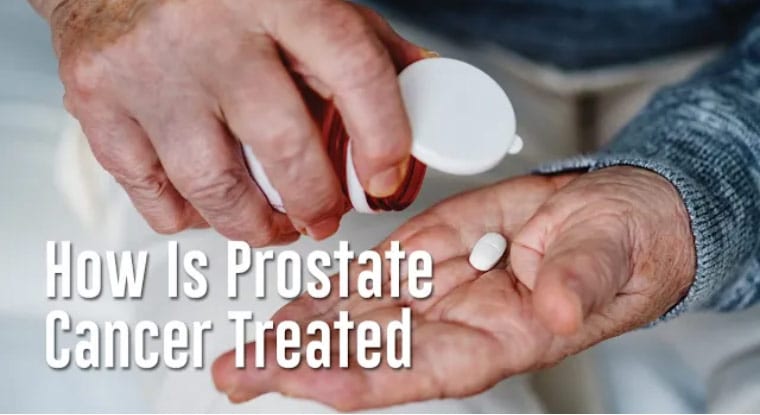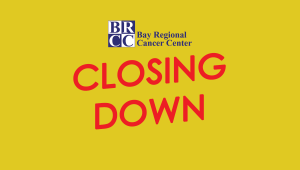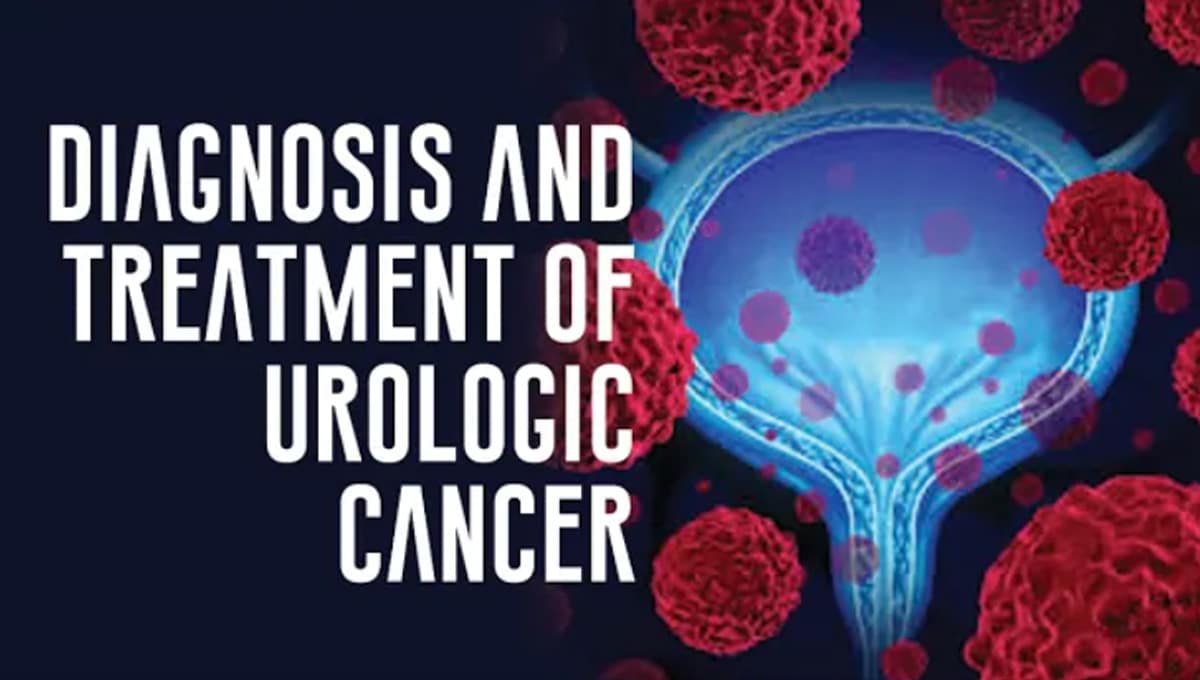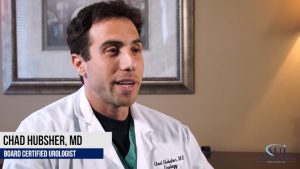Like every other medical condition, the treatment of erectile dysfunction is safer and more effective when done by a doctor with expertise in treating it — the urologist. Seeing a urologist as soon as you have ED symptoms not only ensures quick relief, but also saves a lot of money. But with so many phony cures being promoted and ED products being advertised, men with ED are often tempted to pursue such options rather than seeing a urologist.
The rush for seemingly convenient cures
Actually a lot of men often rush to vascular clinics to get tests done and undergo procedures, some they do not even need. For many, it is a question of seeking the most convenient or popular remedy rather than the safest and most effective treatment. Likewise, with Viagra now generic and cheaper — available for as low as 30 cents per pill in several outlets — it has become quite easy for ED patients to just buy the drug and try it without seeing a urologist.
Dangers of non-prescribed treatments for ED
While it is safe to say that millions of men find these non-prescribed treatments a convenient way of improving their sex lives, it is never prudent to use a prescription drug such as Viagra when it has not been prescribed by a doctor. These medications come with side effects and risks, and if you have certain medical conditions taking such a drug can lead to severe consequences. For example, if you have heart disease and are taking nitrates, a dangerously low blood pressure may develop if you take Viagra. But when the drug is prescribed by a urologist, the doctor will ensure that you are healthy enough to start using the medication.
So why should you still see a urologist?
Most of the treatments advertised are not only bogus and a waste of money, but also may be harmful. Actually you may try several solutions without relief and eventually find yourself in a worse situation than before you started. So it is wise to just forget about every ED treatment that does not require a prescription. It won’t cure your condition! And when you find products advertised as a “breakthrough” or endorsed by medical organizations, you still need to check them out with your urologists. It is the doctor who should confirm whether or not the product is legitimate, a medical breakthrough or has been endorsed by a reputable medical organization.
Not everyone may take ED medications
ED medications are not for everyone with the condition. The drugs will work for some men, but they may be unsafe or inappropriate for others. You should see a urologist to learn whether your condition requires treatment with ED drugs. A urologist will take your medical history, do a physical exam and order various tests to determine whether you need treatment and which drugs are best for you.
You may have ED due to untreated diabetes, hypertension (high blood pressure), your current medications or another issue. Your ED also may have gotten worse because of stress, depression or anxiety. So it is crucial that you are evaluated by a urologist to determine the underlying cause and provide the right treatment. Remember also that erectile dysfunction may be a sign of another more serious health problem and will not be resolved if the underlying issue is not addressed. So you need to see a urologist to get a comprehensive, effective and safe treatment for your condition.
As urologists, we talk with our patients openly, get to know their medical history, conduct physical exams, and recommend treatment tailored to the individual. In many cases, we recommend erectile medications. But when the drugs fail, we have several alternatives to offer, ranging from penile injections and vacuum devices to penile implants. When you work with a urologist, your condition will be evaluated and the solution offered will not only improve your sexual health, but also boost your long-term health. For more information on the treatment of erectile dysfunction, visit the “Advanced Urology Institute” site.








 We regret to inform you that due to Hurricane Michael, we are no longer providing Radiation Treatment and forced to close our facility at Bay Regional Cancer Center.
We regret to inform you that due to Hurricane Michael, we are no longer providing Radiation Treatment and forced to close our facility at Bay Regional Cancer Center.


 At Advanced Urology Institute, we understand that
At Advanced Urology Institute, we understand that